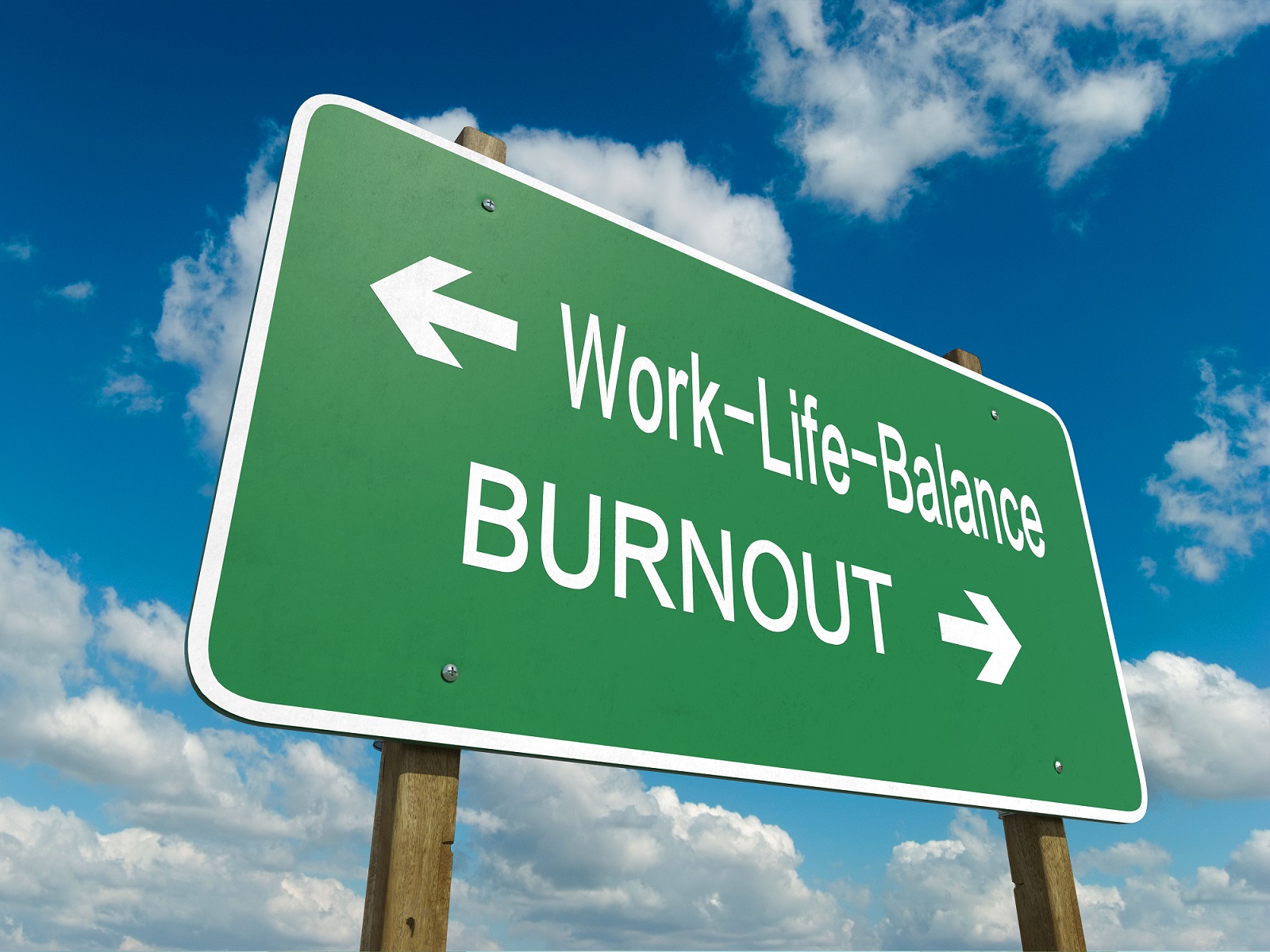When it comes to offering a good balance between work and life, European countries completely dominated the top 20.
In the era following the pandemic, remote work has become the norm for many employees, providing flexibility to manage both professional and personal obligations. While this setup allows for greater autonomy, it also blurs the boundaries between work and home life, leading to a constant struggle to achieve work-life balance. Many of us are still trying to find that magic formula.
The policies and culture established by employers significantly influence individuals’ ability to navigate this balance. However, the country of residence also plays a pivotal role. Varying laws on paid leave and working hours across the globe shape the overall work-life experience.
Compare the Market Australia recently assessed 40 countries based on their work-life balance. The ranking considered eight key factors, including average annual working hours, minimum requirements for paid leave, and the happiness score of each nation.

According to Hannah Norton, a spokesperson for Compare the Market, European nations dominated the top half of the list, indicating robust support for employees in maintaining a positive work-life balance.
Here is the list of the Top 20 countries:
- Spain
- Luxembourg
- France
- The Netherlands
- Finland
- Bulgaria
- Slovenia
- Estonia
- Lithuania
- Austria
- Portugal
- Sweden
- Denmark
- Poland
- Italy
- Romania
- Belgium
- Hungary
- Latvia
- Greece
Spain secured the top position, offering workers 30 days of annual paid leave and generous sick leave, along with full salary compensation for parents during their leaves. Notably, Spain provides similar durations of leave for both mothers (16 weeks) and fathers (12 weeks), surpassing many other countries in parental support.
Other European countries in the top 20, such as Luxembourg, France, and the Netherlands, also boast comprehensive leave policies and relatively shorter working hours. However, disparities exist, with Greece offering no paternity leave while Bulgaria provides the most extended maternity leave at 58 weeks.
Germany, which dropped from 10th place last year to 25th place for 2024, stands out for having the fewest annual working hours among the countries assessed, followed closely by Denmark and Norway. These nations also scored high on the happiness index, reflecting the positive correlation between work-life balance and overall well-being.

UNITED STATES FARES POORLY
Conversely, South American countries, such as Colombia, Mexico, and Chile, logged the most extended working hours annually. In contrast, the United States falls between European and South American counterparts, with 1,810.9 annual working hours. However, the lack of comprehensive paid leave policies places the US at the bottom of the overall list.
Despite relatively high happiness scores, the absence of paid leave protections during critical life events remains a pressing issue in the US. According to Sherry Leiwant, co-founder of A Better Balance, and Dawn Huckelbridge, director of Paid Leave for All, paid leave policies not only alleviate financial strain but also promote public health and economic stability.
Advocates argue that paid leave benefits both employees and employers, fostering a healthier and more productive workforce. While critics often cite concerns about costs, evidence suggests that the economic benefits outweigh the expenses associated with implementing paid leave programs.

Leiwant and Huckelbridge emphasise the urgent need for comprehensive paid leave legislation at the national level in the US, highlighting the economic and societal benefits of such policies. As other countries continue to prioritise work-life balance, advocates stress the importance of adopting similar measures to remain competitive and support the well-being of workers in the modern economy.
The highest placing non-European country is Chile, in 22nd place, followed by Colombia and Mexico in 30th and 31st places, respectively. Australia comes in 33rd, with Canada in 37th, and the USA at the bottom of the list of 40 ranked countries; with no paid annual leave, sick leave, maternity or paternity pay at the national level (rules differ between states and employers across America).
No Asian countries featured in the top half of the list, nor called out overall, but the source article was not clear as to which 40 countries were evaluated, so it’s unknown if Malaysia or any neighbouring countries were even factored in for ranking.
METHODOLOGY
This dataset ranks 40 countries, based on how good they are for work-life balance. To do this, eight different factors were used. Once the data for the factors was collected, the factors were then normalised, to provide each factor with a score of between 0 and 1. If data was not available, a score of 0 was given. The normalised values were then summed, to give each location a total score out of 8. The locations were then ranked from highest to lowest, based on their total scores.
The factors used are as follows:
- Hours Worked – The average amount of hours worked per year in each country.
- Paid Annual Leave – The minimum amount of annual leave an employee gets in each country.
- Paid Sick Leave – The minimum amount of paid sick leave an employee gets with 1 year tenure in each country.
- Paid Maternity Leave – The minimum amount of paid maternity leave given to pregnant women and new mothers in each country.
- Paid Maternity Leave Rate – The minimum percentage of regular pay that pregnant women and new mothers get in each country.
- Paid Paternity Leave – The minimum amount of paid paternity leave given to new fathers in each country.
- Paid Paternity Leave Rate – The minimum percentage of regular pay that new fathers get in each country.
- Happiness Score – The happiness score for each country based upon multiple factors, such as GDP per capita, Social Support, Generosity etc.
The factors were indexed as follows:
- Hours Worked – High values get a low score. Low values get a high score.
- Paid Annual Leave – High values get a high score. Low values get a low score.
- Paid Sick Leave – High values get a high score. Low values get a low score.
- Paid Maternity Leave – High values get a high score. Low values get a low score.
- Paid Maternity Leave Rate – High values get a high score. Low values get a low score.
- Paid Paternity Leave – High values get a high score. Low values get a low score.
- Paid Paternity Leave Rate – High values get a high score. Low values get a low score.
- Happiness Score – High values get a high score. Low values get a low score.
According to the analysis, all data is correct as of January 29, 2024. The ranking data shown is a compilation of multiple data sources and may not be representative of real life. All data is accurate with regards to the sources provided.



















